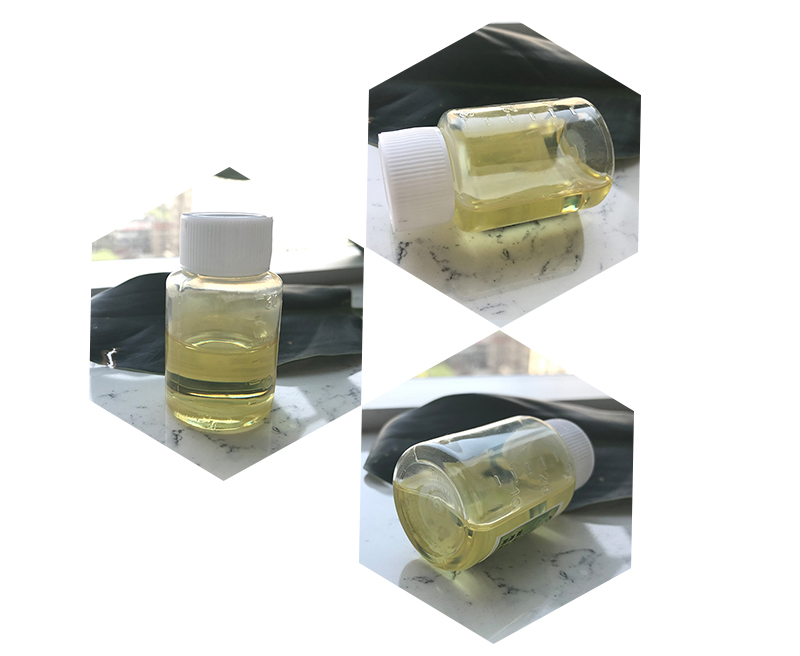Arachidonic acid and Eicosatetraenoic acid (ETA) are both polyunsaturated fatty acids, but they have different structures and roles in the body.
Arachidonic Acid (AA):
- Structure: Arachidonic acid is a 20-carbon fatty acid with four double bonds (C20:4, n-6).
- Sources: It is primarily obtained from the diet (meat, eggs, and some dairy products) or synthesized from linoleic acid (an essential fatty acid).
- Function: Arachidonic acid is a key component of cell membranes and serves as a precursor for the synthesis of eicosanoids, which are signaling molecules involved in inflammation, immunity, and other physiological processes.

Eicosatetraenoic Acid (ETA):
- Structure: Eicosatetraenoic acid typically refers to a specific isomer of eicosanoids, which is also a 20-carbon fatty acid with four double bonds (C20:4), but it can refer to different arrangements or positions of those double bonds compared to arachidonic acid.
- Sources: ETA can be found in certain types of fish and algae and is sometimes synthesized from other fatty acids.
- Function: While it can also serve as a precursor for eicosanoids, its specific roles and effects can differ based on its structure and the type of eicosanoids produced from it.
In summary, while both are similar in being polyunsaturated fatty acids with four double bonds, their specific structures, sources, and biological roles can differ.

Ingredient source of Arachidonic Acid
Arachidonic acid is a polyunsaturated fatty acid that is primarily found in animal products. Here are some common sources:
- Meat: Especially in organ meats like liver and beef.
- Fish: Fatty fish such as salmon, mackerel, and sardines.
- Eggs: Particularly the yolks.
- Dairy products: Whole milk, cheese, and butter.
- Certain plant oils: While arachidonic acid is primarily found in animal sources, some oils, like peanut oil, contain small amounts.
It’s also synthesized in the body from linoleic acid, which is found in various plant oils, nuts, and seeds.
